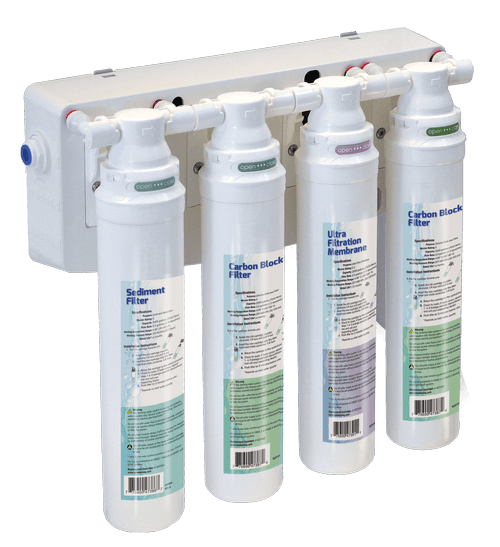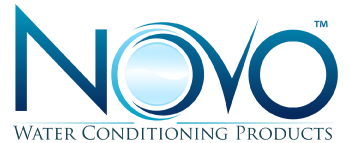Whole House Filters
Make sure that you’re getting top quality water from any tap in your house by installing whole house filters.
Iron and Sulphur Filters
Brown, smelly water is not ideal. If your water smells like a rotten egg or is brown from possibly corroded pipes, you may need to install a system that will filter out the iron and sulfur – and the corresponding bacteria – that naturally occur in our water. If the cause of the contamination is from corrosion in your pipes, Koegel has sewer locating equipment and excavating equipment available to handle the job without unnecessary delay.
Reverse Osmosis
Reverse osmosis is a water filtration method used to remove mineral compounds, bacteria and other materials from your water supply, leaving your water typically up to 99.9% free of contaminants. This is the process used to make bottled water and all water that is used in soft drinks. Not to be confused with distilled water, reverse osmosis is a very desirable way to make sure you have clean, great-tasting water.










